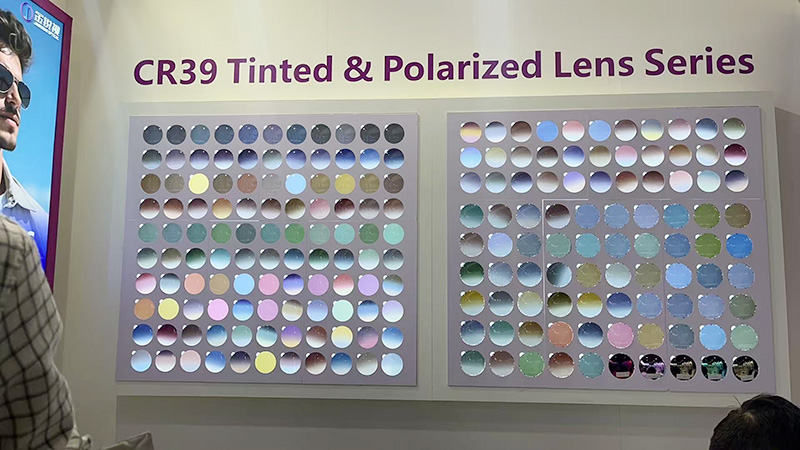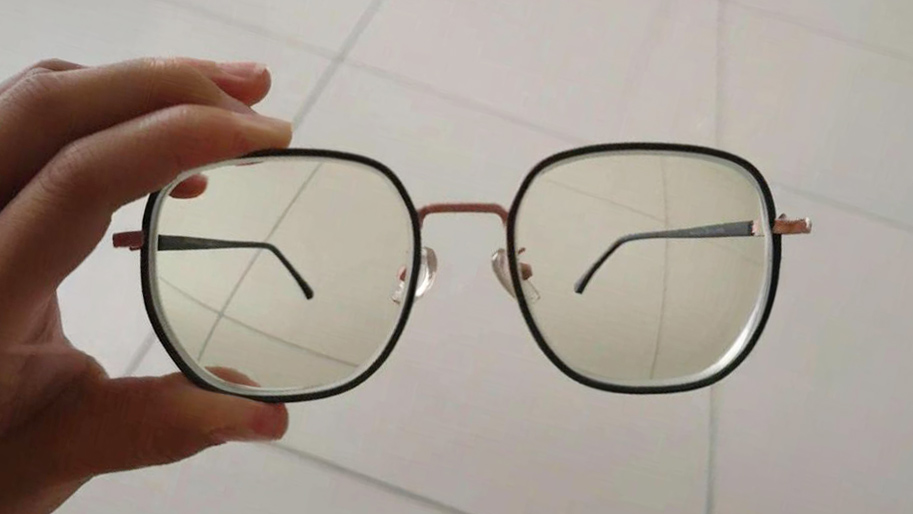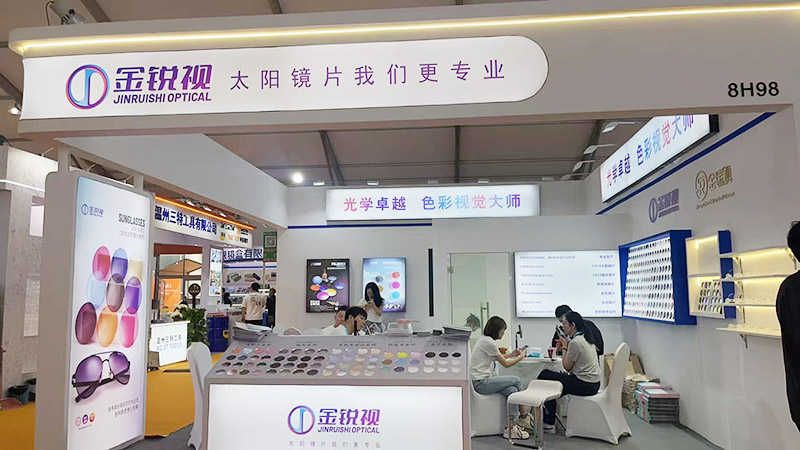Detailed Comparison of Optical Lens Surface Finish Standards
Regarding the evaluation of lens surface finish, I believe you have seen many standards. The most typical ones are U.S. Military Standard (MIL-Spec), ISO, and Chinese National Standard (GB). Consequently, many drawings are marked in different ways. What is the relationship between them? How to convert to each other? In this article, we will compare the standards of optical lens surface finish in detail.
1. Understanding Surface Finish: Scratch and Dig
Finish is used to measure the surface characteristics of an optical product, and it is a key indicator for evaluating the quality of surface defects such as scratches and digs. It directly affects lens performance, such as light transmittance, imaging quality, and laser damage threshold. Most of these surface defects are purely surface imperfections. They may cause a slight dip in the system's light transmission and a more subtle scattering of scattered light. In general, they do not have a significant impact on the performance of the entire optical system.
Some lenses with higher surface quality requirements are more sensitive to the effects of these defects. For example, ultra-smooth surfaces, where these defects can cause focusing effects, and surfaces with high-power laser damage threshold requirements, where these defects can increase energy absorption and destroy the optical product.
Surface finish is often expressed as scratch or dig, e.g., 60-40 or 40/20. The first number represents the scratch grade, and the second number represents the dig grade. A smaller number indicates fewer allowable defects and a higher finish grade.
Scratch: Usually refers to surface defects with an aspect ratio greater than 4:1. In the common U.S. Military Standard MIL-O-13830, the scratch grade (such as 20, 40, 60, 80) is a dimensionless number determined by comparing a scratch on a surface to a standardized sample under controlled lighting conditions. The higher the number, the more noticeable the scratch.
A Reminder: This number is not an actual scratch. It does not directly correspond to the specific width or depth dimension of the scratch. Instead, it is a comparison grade based on the MIL specification when measured against a standard scratch.
Dig: Typically refers to pits or spots with an aspect ratio less than 4:1. The dig grade has its own clear physical meaning: the dig number directly corresponds to one hundredth of a millimeter of its diameter. For example, a #40 dig indicates a diameter of 0.40 mm, and a #20 indicates a diameter of 0.20 mm.
Unlike scratches, the dig designation is directly related to spots or small pits on the surface. Generally, a scratch/dig specification between 80 and 50 is considered standard quality, between 60 and 40 is considered precision quality, and between 20 and 10 is considered high-precision quality.

2. Main Standard Systems and Grade Comparisons
As mentioned above, there are currently a variety of surface finish standard systems in the industry, and the following are the three most common ones and their approximate comparisons:
| Standard System | Examples | Key Features |
| MIL-PRF-13830B | 60-40 | It has a long history and is widely used. it is assessed through sample comparison. The rules are complex, taking into account the total length of the scratches, the total diameter of the digs, and other factors. |
| ISO 10110-7 | 5/3X0.04 | More scientific and accurate. 5/ is the defect mark, 3 is the number of allowable defects, and 0.04 is the defect grade (refers to the square root of the defect area in millimeters). Grade subdivision is permitted provided the total defect area remains unchanged. |
| GB/T 1185-2006 | - | It is basically aligned with the international standard ISO 10110-7, and the method and meaning are the same. |
Regarding ISO 10110-7, it should be noted that the full expression for the standard form of surface irregularity tolerances is: 5/ mxa; C nxb; L pxc; E d.
Among them, C, L, and E are optional items. That is to say, C, L, and E do not all have to be listed in the drawing for the marking of 5/. The parameters m, n, and p are the values of the irregularity. The parameters a, b, and c are the dimensions in mm. The values of the irregularity are usually integers between 1 and 5 to measure the roughness.
Let's take the following example to illustrate: "5/5x0.16; C 3x0.16; L 4x0.25; E 0.4". In this example:
"5x0.16": Refers to that all unclear areas (such as pits or scratches) cannot exceed 5 each with a square root of 0.16 in area.
"C 3x0.16": Indicates that the defective area of the coating cannot exceed 3 regions, each with an area of 0.16.
"L 4x0.25": This means that the total width of long scratches cannot exceed four times 0.25mm.
“E 0.4” indicates that the defect at the edge of the component cannot extend inwards by more than 0.4 mm.
In fact, there are no strict mathematical conversion formulas between different standard systems, but there are approximate equivalent relationships, and the following table provides the main reference for comparisons:
| Surface Finish Grades | MIL | ISO / GB/T |
| High Standard | 20-10 | 0.063 |
| 40-20 | 0.1; 0.16 | |
| Medium Standard | 60-40 | 0.25 |
| Low Standard | 80-50 | 0.4; 0.63 |
In practical applications, high standards such as 20-10 or even 10-5 are often specified for fields with extremely high requirements, such as laser optical components. For common industrial lenses, 60-40 is a typical grade.
3. The inspection method for surface finish
To accurately evaluate the surface finish, strict inspection conditions must be followed, and only when the test conditions are unified can there be comparability. Otherwise, each company has different testing methods and claims its own reasons. It is impossible to communicate.
These testing conditions usually include:
Environment: Black screen as background.
Light source: Use an ordinary incandescent lamp with a voltage of 36V, 60W-100W, or a 40W fluorescent lamp as specified in some standards.
Observation method: Observe with the naked eye or a magnifying glass of 4x to 10x under transmitted light (light source behind the part) or reflected light (light source in front of the part).
Method: During inspection, the parts need to be rotated to find and judge defects from different angles. Finally, compare the observed situation with the corresponding standard sample or written regulations to determine if it is qualified.
We hope the above information will help you fully understand the surface finish standards of optical lenses.











